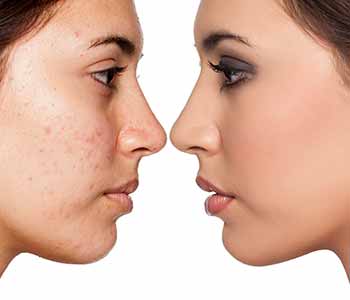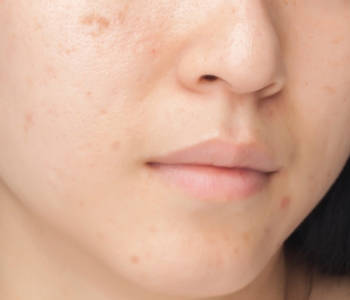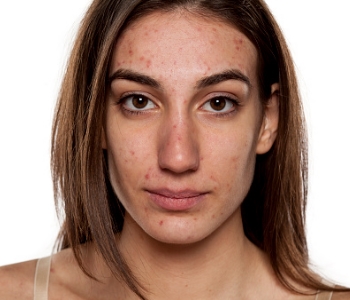Patients who have experienced severe acne may deal with the after-effects: acne scars. In most cases, patients with nodule and papule acne are more likely to experience scars from blemishes and can be dealing with permanent reminders of a condition that may no longer actively exist. When patients are unhappy with the appearance of the texture and tone of their skin after treating their active acne blemishes, they often visit the team at Seriously Skin to learn about the methods of reducing scarring.
The team at Seriously Skin works with patients to determine the type of scarring to develop a treatment plan designed for their individual needs. There are two types of acne scars. Some scars, called “rolling” acne scars, have a gradual depression or dip in the skin, while other scars are deep and very narrow. Before patients can undergo any treatment for their acne scars, the active acne lesions must be under control.

The following are used in the treatment of acne scars:
- Levulan
- MicroLaser Peel
- ProFractional Therapy
- QX MAX Acne Laser Facials
- ThermaScan 1319
- SilkPeel Dermalinfusion
- Microdermabrasion
- Chemical Peels
- Dermaplaning
- Pharmaceutical Home Care Regimen
Patients with mild acne scarring on various areas of the face may benefit from a gentler approach to addressing these skin variations, such as the use of microdermabrasion treatments or chemical peels. However, patients with severe scarring may want to consider several other options. Injectables can be used to raise the skin and reduce the appearance of the scars, while laser therapies and resurfacing can help tighten and smooth the skin after removing the uppermost layer. Laser resurfacing requires downtime of approximately 4-10 days to allow the skin to heal and to begin to see the results. Dermabrasion is also a solution but requires extensive recovery time.
Patients dealing with unsightly acne scars are encouraged to visit the dermatological team at Seriously Skin to learn about the benefits of treatment. We can recommend which treatment solutions may work best for their unique situation. Severe scarring may benefit from multiple treatments, while mild scarring can improve with regular visits to the dermatologist’s office for chemical peels or microdermabrasion.





























